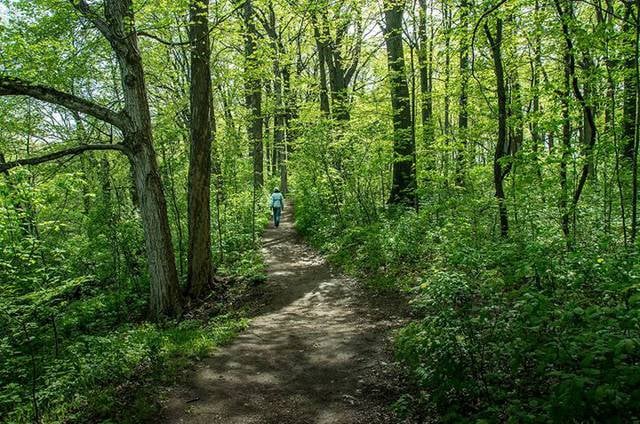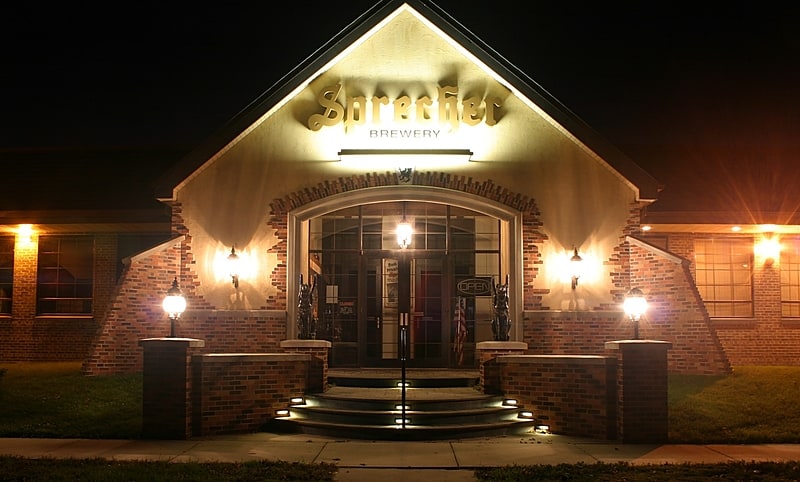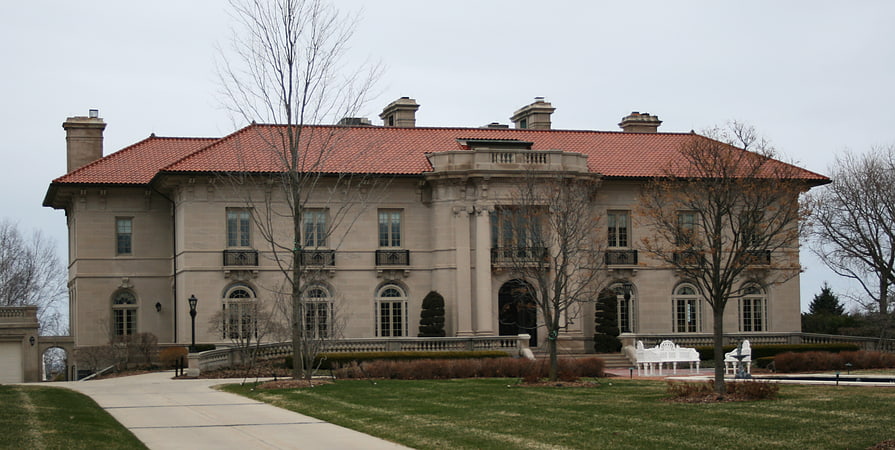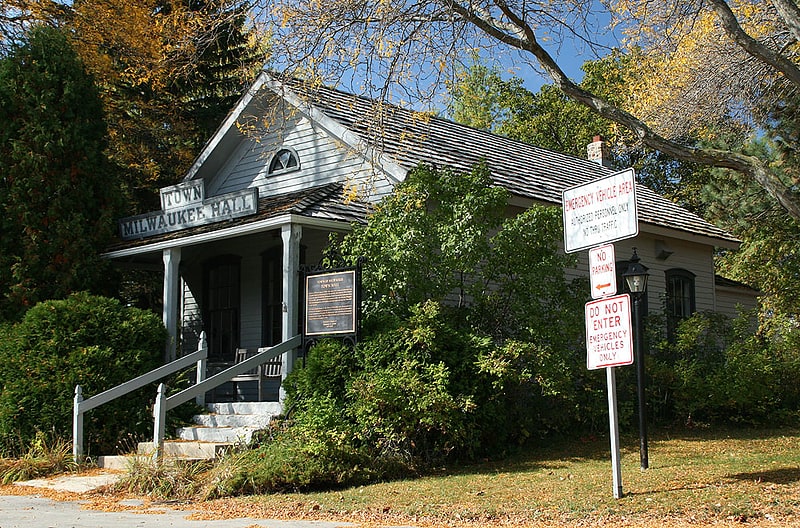Discover 5 hidden attractions, cool sights, and unusual things to do in Glendale (United States). Don't miss out on these must-see attractions: Friends of Kletzsch Park, Sprecher Brewery, and Herman Uihlein House. Also, be sure to include Rufus Arndt House in your itinerary.
Below, you can find the list of the most amazing places you should visit in Glendale (Wisconsin).
Table of Contents
Friends of Kletzsch Park

Park, Relax in park
Address: 6561 N Milwaukee River Pkwy, Glendale (Glendale)
Sprecher Brewery

Sprecher Brewery is a brewery in Glendale, Wisconsin, U.S. It was founded in 1985 in Milwaukee by Randal Sprecher, and is Milwaukee's first craft brewery since Prohibition. Sprecher produces an assortment of beers, flavored malt beverages, and sodas, and it is famous for its root beer.
Despite producing a full range of award-winning craft beers, the brewery is arguably best known for its Black Bavarian (schwarzbier) and premium sodas. Sprecher brews more root beer than all of its alcoholic beers combined.[1]
Address: 701 W Glendale Ave, 53209-6509 Glendale (Glendale)
Herman Uihlein House

The Herman Uihlein Mansion in the Milwaukee suburb of Whitefish Bay, Wisconsin, is a classical Beaux Arts-style house that was built from 1917 to 1919.[2]
Rufus Arndt House

Building in Whitefish Bay. The Rufus Arndt House in Whitefish Bay, Wisconsin, United States, was built in 1925. It was designed by Ernest Flagg in a style that suggests Tudor Revival and Cotswold Cottage and built by the Arnold F. Meyer & Co. One of the Ernest Flagg Stone Masonry Houses of Milwaukee County, this residence was listed on the National Register of Historic Places on September 12, 1985.
Ernest Flagg was a New York architect known primarily for his grand designs of New York's 47-story Singer Tower, which was the tallest office building in the world when built in 1908, for buildings at the U.S. Naval Academy, and for the Corcoran Gallery of Art in Washington, D.C. But Flagg was also interested in producing tasteful, inexpensive homes that the middle class could afford. Toward this end, he designed a system of standardized parts and innovative techniques which could be used to build various house configurations. Common elements include walls of natural stone and concrete poured in wooden forms which could be built even by unskilled workers, no basements, concrete floors, steeply sloped roofs to provide storage space, ridge dormers to provide summer ventilation and light, round-capped chimneys, lack of interior halls to save space, thin interior walls of plastered screen to save space, and standardized fixtures.
The Arndt house is one of five of these "Flagg system" homes in its neighbourhood.[3]
Town of Milwaukee Town Hall

The Town of Milwaukee Town Hall was built in 1872 in what is now Glendale, Wisconsin. It was the seat of government of the Town of Milwaukee, Wisconsin until the town ceased to exist after portions of it were annexed into different municipalities. The building was added to the National Register of Historic Places in 1986.
The Town of Milwaukee was formed in 1838, basically the northern half of what is now Milwaukee County, reaching to Greenfield Avenue. It was then largely farmlands, settled by farmers mostly of German, Swiss, French and Dutch origins. In the early years, the town officers met once a year in homes or taverns, but in 1872 the town decided to build its own hall. For $1000, Louis Severin constructed the hall at the corner of what are now Bender Road and Port Washington Road, a fairly simple one-story frame building with a front porch supported by chamfered posts and a lunette window in each gable end.
Over the years the surrounding cities and suburbs annexed bits of the rural Town of Milwaukee until in 1950, the City of Glendale was incorporated out of half of the remainder. With that, the Town dissolved and more of it was annexed by Glendale. By 1962, the town hall was deteriorating and its site on Bender Road was wanted for a water filtration plant. Avoiding demolition, it was moved in 1963 to its current site and restored by the Glendale Women's Club. Today it serves as a museum and occasional meeting room.[4]